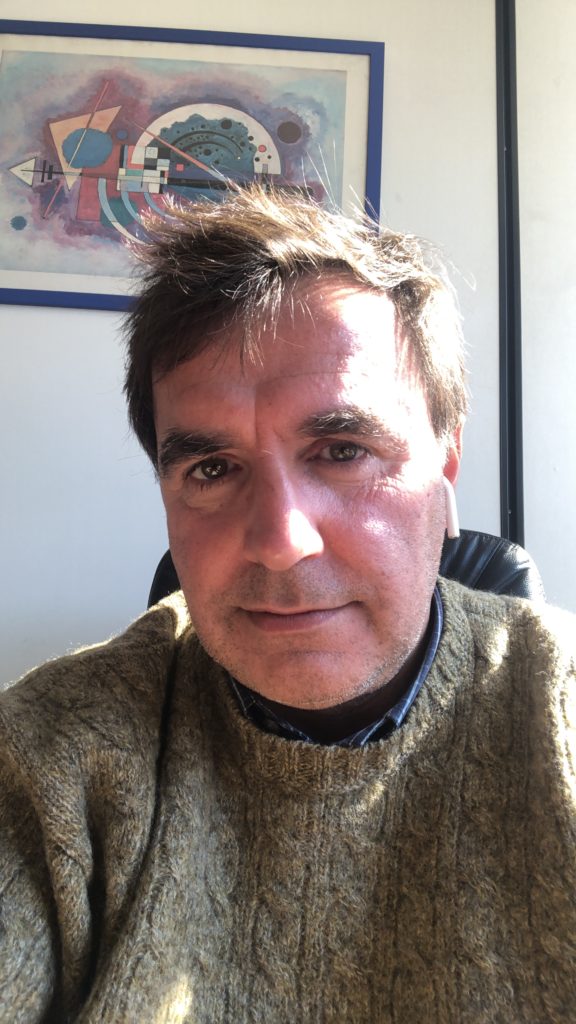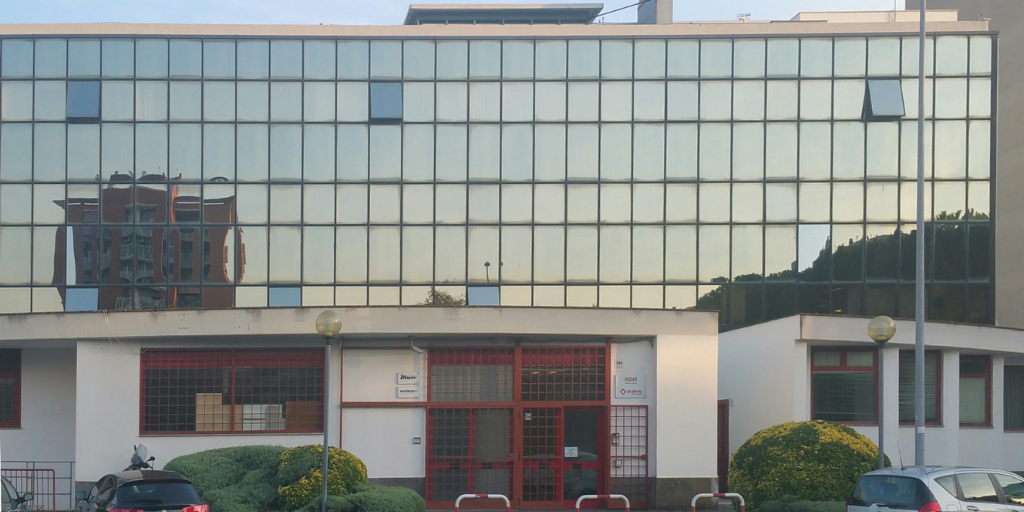NEAT S.r.l. is an Italian, independent design and development company, with extensive experience in creating exclusive hardware and software solutions for mission- and safety-critical applications and high-performance computing (HPC), offering highly specialized engineering services and products (Intellectual Properties (IPs) and Reference Designs (RDs)) for clients who play a major role in railway, avionics, aerospace and industrial markets. Moreover, NEAT is a Remotely-Piloted Aircraft System (RPAS) Operator.
NEAT exploits its own specific and certifiable design-flows, which comply with the strictest criteria required by the safety regulations (CEI/IEC SIL – level 4 and DO178C/254 – level A) and the highest quality standards (ISO 9001:2015, IRIS, AS/EN 9100:2016).
NEAT has sound, extensive experience in the HW/SW co-design, in the development of real-time SW applications, in the use of programmable logical devices (FPGA), and in the integration of ERTMS/ETCS Safety Protocols. This profile, characterized by a sound experience in both the railway and RPAS markets, perfectly matches with the role of “glue-company” of NEAT within the project.
NEAT: the multifaceted contribution to Drones4Safety
NEAT provides the Consortium with its expertise in System Engineering and electronic design, together with its insight of the railways and RPAS technologies, regulatory aspects and markets.
In particular, it led the WP2 “System Specification, Requirements Analysis, and Use Case Definition” with a very effective collaboration between all partners. We have also individuated several real railway test scenarios, where we have conducted several flights with the commercial drones of our fleet in order to acquire dataset to be used in WP4 for AI algorithm training. Currently, NEAT is contributing to WP3 “Energy harvesting and drone operations in harsh environment”, both for the design of the energy harvester control HW and for the verification and optimization.
We are focused on the testing and validation activities designed in WP2 and foreseen in WP7 “System integration, testbed establishment, use case validation and demonstration”, in which we are deeply involved with our expertise and our pilots. Finally, we provided a minor contribution to all the other WPs.

RAILWAYS AND RPAS: two realms to let safely coexist
So far, the biggest challenge has been to understand how to let two realms, the railway and the RPAS ones, where safety is one of the main concerns, coexist or, at least, not conflict one each other. This topic has particular relevance also because it has implications from the regulatory point of view. Despite being a research project, we and the other partners strove to adhere to all the applicable regulations coming from the national and European railway and Aviation Safety Authorities. This topic is particularly relevant in the context of WP2 and WP7 for the validation of the D4S system in different use-cases in real scenarios, and required the collaboration of all the partners and, in particular, of Deep Blue and EUCENTRE Foundation.
Moreover, the implementation of the DC Harvester board, designed by Fraunhofer IMS, due to the constraints in size and volumes but also the high voltages in play, represented a very difficult challenge faced with a strict collaboration with the WP3 leader.
DRONES4SAFETY: a breakthrough in the supply of Drone Inspection as a Service
Once fully demonstrated and brought to industrial exploitation level, the Drones4Safety system will be able to regularly and completely patrol and monitor a grid infrastructure, not only railway lines, but also power lines, pipelines, highways and roads (and their bridges), by acquiring information on the status of the infrastructure itself through a swarm of drones and also reporting back to the ground station any problems detected by means of the AI algorithms run on-board.
The DC Harvester open the D4S System to the use for the maintenance of the DC-powered “regional” railway lines, which represents the biggest fraction of the entire network. In Italy, for example (see https://www.rfi.it/it/rete/la-rete-oggi.html), only 18,515 km out of 19,982 km of electrified railway lines are powered at 3kVDC, and they are the oldest ones, therefore may require more maintenance with respect to the 1,467 km of newer high-speed 25kVAC lines. There are also 4.672 of old conventional “non-electrified” lines that may potentially benefit from the D4S technology, provided that they run near power lines.
For an RPAS operator like NEAT, the exploitation of the D4S system may represent a breakthrough in the supply of Drone Inspection as a Service (DIaaS) to railway Infrastructure Managers.
D4S CONSORTIUM: unity is strength.
We in NEAT are all proud to contributing to a such innovative and challenging research project. The results we obtained so far, and the ones we are expecting, are possible only thanks to the strong, continuous, complementary and effective cooperation of all the members of the D4S Consortium and the Advisors Board, each bringing as a dowry its competence and talents.
We truly hope to build the opportunity to bring the D4S system to a higher TRL.

